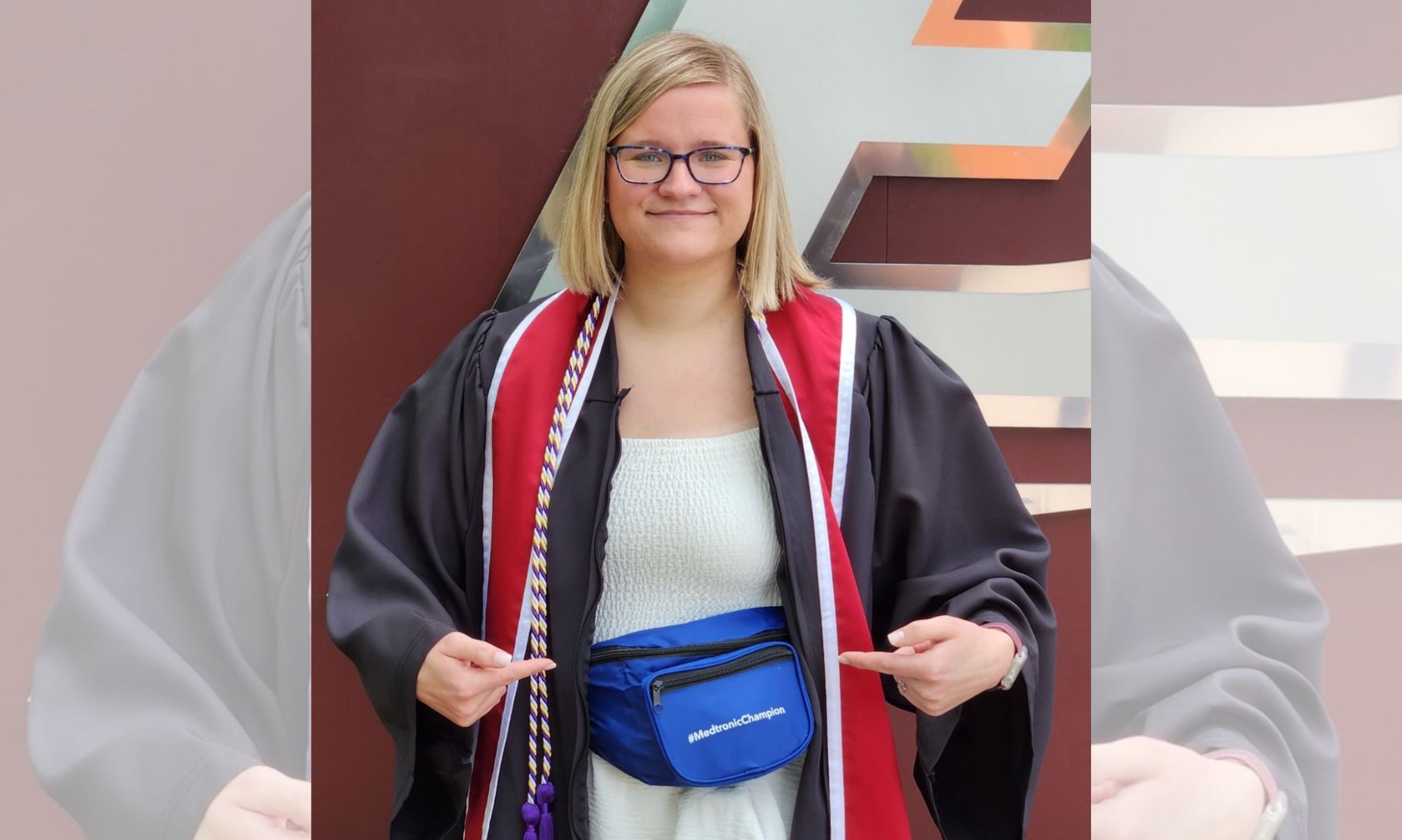10 tips for teachers of students with diabetes

The upcoming school year is approaching and it’s time to start preparing your children for a successful year. If one (or more) of them live with diabetes, you have a little more planning than most to think about. Elementary school Principal with type 1 diabetes and MiniMed Ambassador, Vince Myers, who you may remember from Life is a Journey, Not a Race, provides his 10 tips for you to share with your children’s teachers in preparation of the new school year. A printed copy of these tips can also come in handy when a teacher is absent and a substitute teacher is filling in. We hope this will be of value to all educators, particularly those who have never had a student with diabetes in their classroom.
1. Each child is different
Every child with diabetes may experience different symptoms of low blood sugar. Some of these symptoms could include weakness and/or fatigue, headaches, sweating, irritability, shaking, excessive hunger and rapid heart rate. Situations that may affect blood sugar include insulin intake, food consumption, exercise, illness, stress, and changes in routine.
2. Permit periodic snacks
Your student will likely need to eat snacks during class when they feel low. This is imperative and essential in helping make sure their blood sugar doesn’t drop too low. You can help your student by allowing them to keep an emergency stash of snacks (including fast-acting carbohydrates) in your classroom in case they forget.
3. Don't draw unnecessary attention
Most kids with diabetes don’t want to and shouldn’t be treated differently. Do not limit their activities, draw attention, or deny their request if they have or ask for water, a snack, blood sugar test, or bathroom break. If the student is acting odd in class, privately ask them to check their blood sugar, they may need medical attention. Pay close attention to your student's regular snack time, and provide a unique signal between the two of you to remind him or her when it’s time.
4. Be prepared
A low blood sugar could occur at any time. Always be prepared and carry a snack that has 15 grams fast-acting carbs, such as a 4 ounce can of juice, a fruit roll-up that has 15 grams of carbs, jelly beans, or 3-4 glucose tabs treat a low, especially during crisis drills, field trips, and school assemblies. You can find additional information for treating hypoglycemia here.
5. Never leave a child with low blood sugar alone
If the student is experiencing a low blood sugar, provide them with a snack and have them test their blood sugar. Should they need to go to the nurse’s office, have another teacher or responsible student accompany them. Ensure your student always uses the buddy system.
6. Allow unrestricted water
A high blood sugar may cause extreme thirst. Allow them to have a water bottle at their desk to provide limited disruption to the class instruction. This leads us to #7.
7. Allow unlimited bathroom breaks
Let your student know it’s okay to take a bathroom break whenever necessary. If his or her blood sugar is high, the body's natural response is to eliminate the extra glucose by using the bathroom.
8. Be understanding
High and low blood sugars may make it difficult for the student to concentrate at times, causing minor disorganization. Keep in mind that you may have to repeat some things, especially if they were in the nurse’s office during class time. They may need to reschedule taking a test if they have just had a low glucose episode.
9. Communicate
Work as a team with the student, parents/guardians, school nurse, and administration in the building by keeping all lines of communication open. Meet with the family at the start of the school year to go over the student’s diabetes plan. This will provide you with a peace of mind that all factors are considered.
10. Learn about diabetes in children
Make an effort to understand your student’s life with diabetes by educating yourself. Consider completing a training program to enable you to perform essential key diabetes care tasks such as blood glucose monitoring. Your willingness to do so will help ensure your student receives proper care and attains optimal academic performance. You can find additional tips and educational information in the Back to School Reference Guide for Nurses and American Diabetes Association.
Do you have any tips for teachers or experiences that might be helpful to share? Let us know in the comments below!



